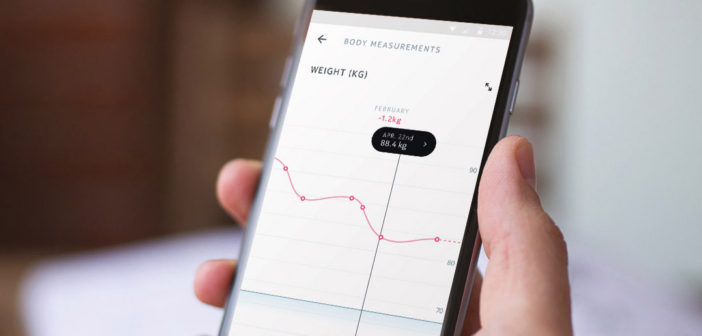Disposable sensors, without embedded wireless transmitters are already commonplace in remote patient continuous glucose monitoring applications
The adoption of an emerging generation of disposable, connected sensors will be driven by the ongoing development of remote patient monitoring applications, according to the latest healthcare report from ABI Research.
Combined with use in hospitals and clinics, shipments of single-use sensors capable of transmitting patient data wirelessly, will exceed 3.5 million sensors annually by 2022, growing at a CAGR of 30% from 2016 shipments.
“Disposables are already a feature of healthcare provision around the globe and medical sensors will have to fit into that world. Efforts already underway promise considerable progress over the next few years,” said Jonathan Collins, research director at ABI Research. “Their potential to extend and simplify the benefits of remote patient monitoring will help drive the adoption of both,” he added.
Disposable sensors, without embedded wireless transmitters are already commonplace in remote patient continuous glucose monitoring applications from Dexcom, Medtronic and others, but their potential reaches far beyond. Disposable connected sensors can support applications including medication tracking, temperature, heart rate and pulse oximetry as well as activity, movement, and post-surgery orthopedics monitoring that address a far larger user base.
A host of companies ranging from established players including Philips Healthcare and Medtronic to well-backed ventures like Qualcomm Life and smaller start ups like GenTag and Proteus Digital Health are all investing in developing disposable sensors, but are taking varied approaches regarding sensor format and supporting technologies. In addition, a range of wireless protocols are under consideration for adoption in disposable smart health sensors including Bluetooth, NFC and proprietary offerings.
“What these and many other companies share is an understanding that healthcare workflows and reimbursement payments are already steeped in the broad use of disposable devices. Between now and 2022 will be a key time for these vendors and others to address technical and ecosystem complexity around disposable sensor connectivity. It will also be the primary time for vendors to gain a foothold in the emerging market,” said Collins.





